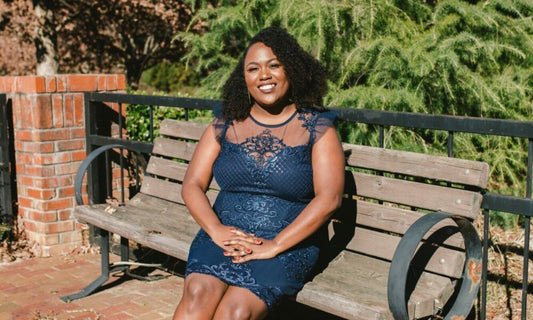
Don't Buy Where You Can't Work
Share
The "Don't Buy Where You Can't Work" movement, also known as the "Buy Where You Can Work" movement, emerged in major northern U.S. cities during the Great Depression to protest black unemployment rates that often were double or triple the national average. In 1929 the Chicago newspaper the Whip, under editor Joseph Bibb, sponsored a campaign to boycott Chicago stores that refused to hire blacks. Supported by the Reverend J. C. Austin of the Pilgrim Baptist Church, the program resulted in the hiring of more than two thousand blacks, mostly as clerks in Chicago department stores.
 
|
The movement spread rapidly to other cities, drawing support from the major civil rights organizations. In 1931 black ministers, politicians, and businessmen published appeals in Harlem newspapers to follow Chicago's example. Calls for boycotts came from the Harlem Business Men's Club and from supporters of the black nationalist Marcus Garvey. Harlem Reverend John H. Johnson of Saint Martin's Protestant Episcopal Church formed the Citizens League for Fair Play and used Harlem newspapers to promote its picketing efforts. In 1933 in Washington, D.C., the New Negro Alliance, Inc., created the motto "Buy Where You Work—Buy Where You Clerk." Responding to layoffs of black workers at a Washington hamburger grill, the alliance targeted such black district stores as Kaufman department stores, the A. & P., and the High Ice Cream Company stores. Overall, the alliance developed a comprehensive agenda advocating increased black employment, opportunities for black advancement and promotion, combined African Americans' purchasing power, and the creation of larger black businesses.
Spurred by the New Negro Alliance, unemployed workers protested outside retail stores in Black neighborhoods demanding that Blacks be hired in proportion to their patronage. The Alliance conducted surveys to determine the volume of patronage, and then confronted officials with its demands. If store officials took no action within a reasonable period of time, the Alliance passed out fliers explaining their next step of picketing outside the store. If those measures had no effect, a neighborhood boycott would be organized through obtaining pledges, contending that the Black community would be supporting their selves, their children, and their community by raising self-reliance, reducing dependencies on charities, and assuring better goods and services in their stores.
We stand on the shoulders of our ancestors. Black History is Black Future.
Sources:
Don't Buy Where You Can't Work Movement | Encyclopedia.com
The New Negro Alliance: "Don't Buy Where You Can't Work"


